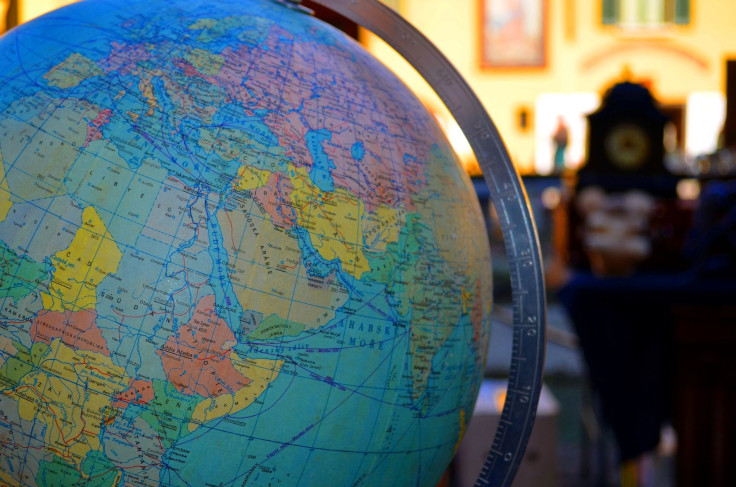Neanderthal DNA: How Prehistoric Sex With Extinct Species Affects Humans Today

Scientists are untangling the genetic history of humans and how sex with Neanderthals shaped our species today. According to recent research, modern people who carry fewer Neanderthal genes might be descended from prehistoric Homo sapiens who left Africa later than their brethren.
It’s widely accepted that our species bred with our now-extinct cousins, but scientists say just how much varied between population groups. A new study suggests people in western Asia have less Neanderthal DNA than people on the rest of the continent and in Europe due to the nature of their trysts. Because experts believe that western Asia was where all this interspecies mating occurred, it’s possible that the ancestors of western Asians stayed away from their Neanderthal neighbors or that the constant flow of people migrating out of Africa with pure, non-Neanderthal genomes diluted the effect of the Neanderthal DNA on these western Asian forebears, according to the University at Buffalo.
“Both of these factors may have helped to limit the amount of Neanderthal DNA that was retained by human populations in the region,” researcher Recep Ozgur Taskent, the first study author, said in the statement.
Western Asia was the crossroads between Africa and Eurasia that prehistoric people had to move through while spreading over the world. The ones that ended up in Europe and in the farther reaches of Asia probably left Africa earlier and did not stay long in western Asia, while others made it their home.
“As far as human history goes, this area was the stepping stone for the peopling of all of Eurasia,” researcher Omer Gokcumen said in the statement. “This is where humans first settled when they left Africa. It may be where they first met Neanderthals. From the standpoint of genetics, it’s a very interesting region.”
Previous research has suggested that western Asians have less Neanderthal DNA, and this new study, which combed through and compared genetic data from dozens of people of different ancestry, further backs up that claim.
Taskent, Gokcumen and their team also looked at specific genes that may have been passed down from interspecies mating. Their study in the journal Genome Biology and Evolution says the scientists analyzed the genomes of 16 Turkish people to find that even though there is far less Neanderthal DNA present, there are still signs of the extinct species. Most of the associations were in the metabolic and immune systems. According to the university, one of the Neanderthal-derived gene variants is linked to celiac disease, the condition that makes people unable to process gluten.
“Overall, our results paint a complex first picture of the genomic impact of Neanderthal introgression in the Western Asian populations,” the study says.
It’s not the first time these scientists have published research about the DNA connection between modern humans and extinct hominins. A paper earlier this year focused on a gene that gives us a protein in our saliva to protect our bodies from foreign invaders. The MUC7 gene variant produces the protein that makes spit slimy and holds tight to microbes, preventing them from entering your body through your mouth.
“It seems that interbreeding between different early hominin species is not the exception — it’s the norm,” Gokcumen said at the time.
© Copyright IBTimes 2024. All rights reserved.





















